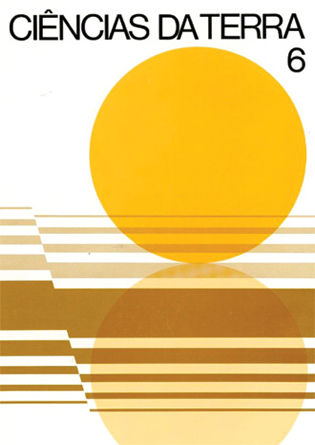Nouvelles données sur la datation des dépôts miocènes de l'Algarve (Portugal), et l'évolution géologique regionale
Abstract
This paper presents a resume of the results achieved by researchers of the Centro de Estratigrafia e Paleobiologia da U. N. L. on the Neogene of Algarve, since 1977. The detailed study of several promes as weil as that of calcareous nannoplanton, planktonic foraminifera, ostracoda, fishes and marnmals allowed to obtain data and correlation elements leading to a new interpretation of the Miocene of Algarve. It was possible to date and to characterize the following units: a) Carbonate formation of Lagos-Portimao, of marine facies, ascribed to the Lower Miocene (Aquitanian? and mainly Burdigalian), possibly attaining the Lower Langhian. b) Essentially arenaceous series of continental facies with a marine intercalation of Arrifiio, O1hos de Agua and Auramar Hotel beach, middle Miocene (Langhian-Serravallian) in age. c) Marine (tripoli, conglomerates, sands and Iimestones) deposits of Tunes-Mem Moniz, Ponte das Lavadeiras (Faro), Arroteia (Fuzeta) and Luz de Tavira, corresponding, at least partially, to the first part of the upper Miocene (Lower Tortonian). d) Cacela formation with tbree members: The lower member (conglomerates and sands), the middle (yellow silts) and the upper ones (gray silts), uppermost Tortonian and mainly Messinian in age. An Interpretation of the lectonic and paleogeographie evolution of the portuguese littoral during the Miocene is also presented considering its insertion in the meridional part of the Peninsula (Guadalquivir depression, Betic massif basins and in the spanish Levant in general). Comparisons among the Neogene vulcanism of this region and similar manifestations documented in Algarve (basanite of Figueira-Portimao, etc.) are established.Downloads
Published
2008-07-31
Issue
Section
Articles






